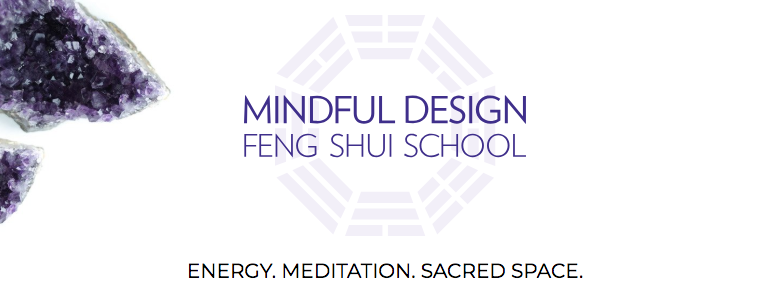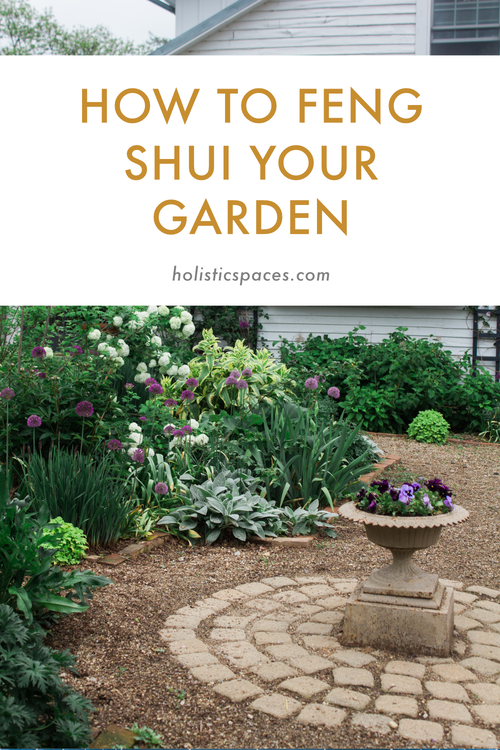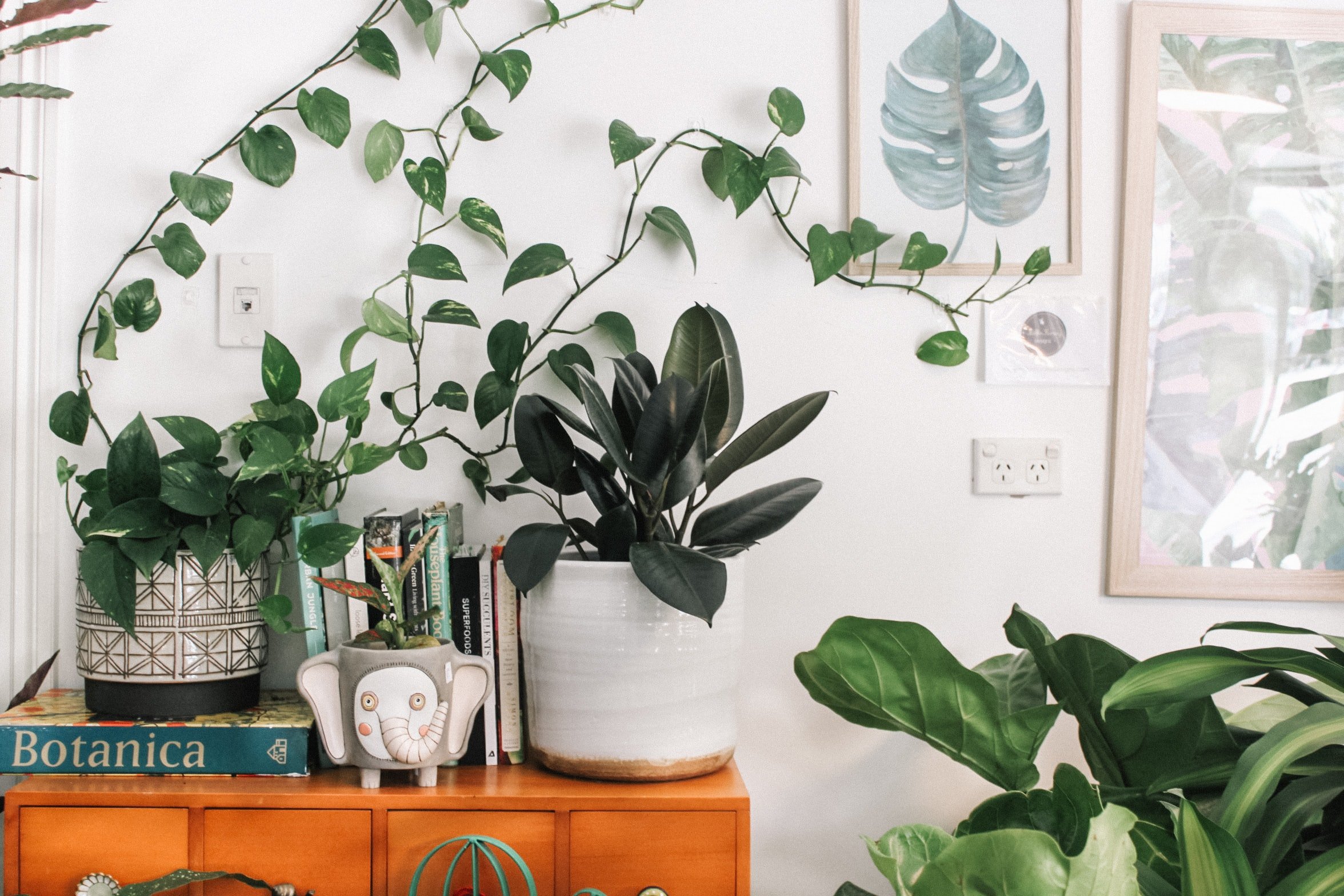Photo by Amy Shamblen on Unsplash
The five elements system is a way of looking at our environments and spaces. It was developed in Taoism, and the five elements are earth, metal, water, wood, and fire. There are many ways that the five elements can be expressed in a space, and one of these ways is color.
One way to begin working with the five elements is to simply notice each element’s presence in your home. Try looking around your home to see if you can find colors that represent each one. You can also experiment with incorporating something that represents each of the five elements into a space to create more balance.
The earth element is represented by earthy colors including brown and yellow. In homes, this often shows up in wood furniture and floors.
White and gray represent the metal element. White walls can be great as a blank canvas, but too much white can feel a bit harsh. To soften white, you can mix it with other colors, including softer off-whites and ivories.
The water element is connected to the color black, as well as very dark charcoal gray and deep navy blue. Like white, black can be overwhelming in large quantities, but a thoughtful pop of black can be really dramatic and beautiful.
The wood element is related to blue, green, and teal. If you have living green plants, that’s the wood element!
The fire element is represented by red, as well as fiery shades of orange. Since red is such a bright, strong color, a little bit goes a long way!
Were you able to find all of the element colors in your space? If you want to learn more about the elements and find out which element is most nourishing to you, take my quiz here!
If you’d like to learn more about feng shui, check out Mindful Design Feng Shui School at: www.mindfuldesignschool.com





